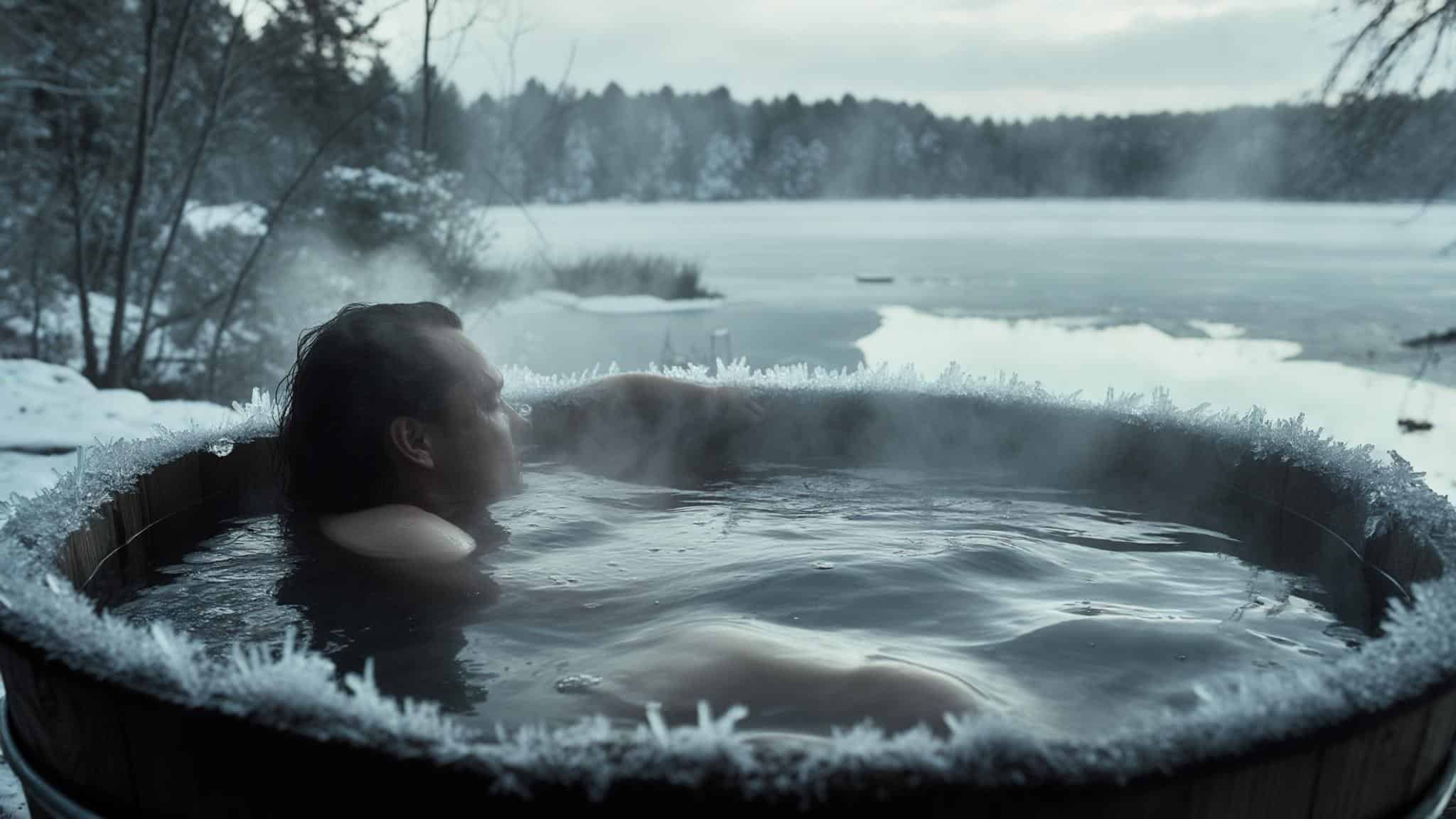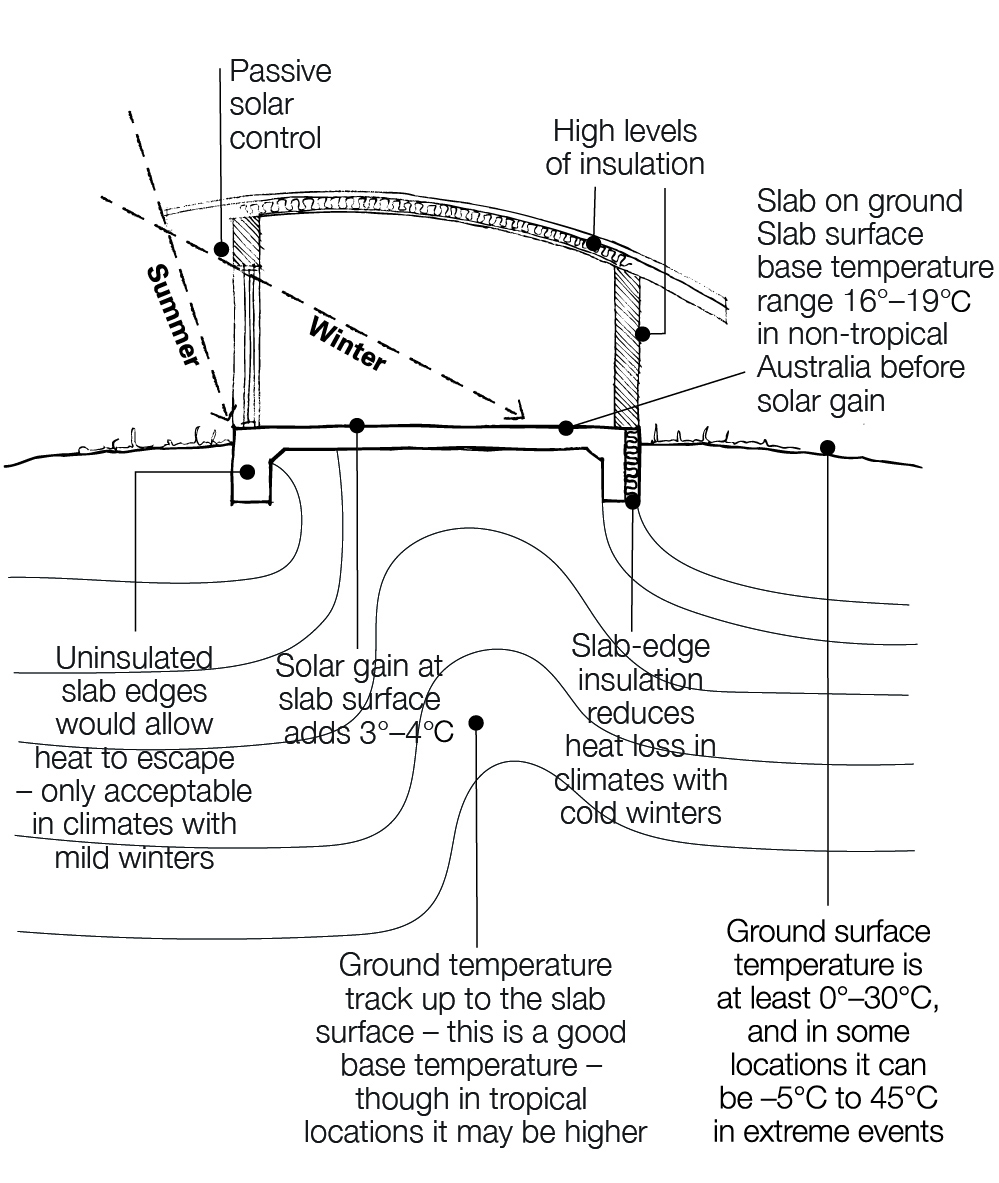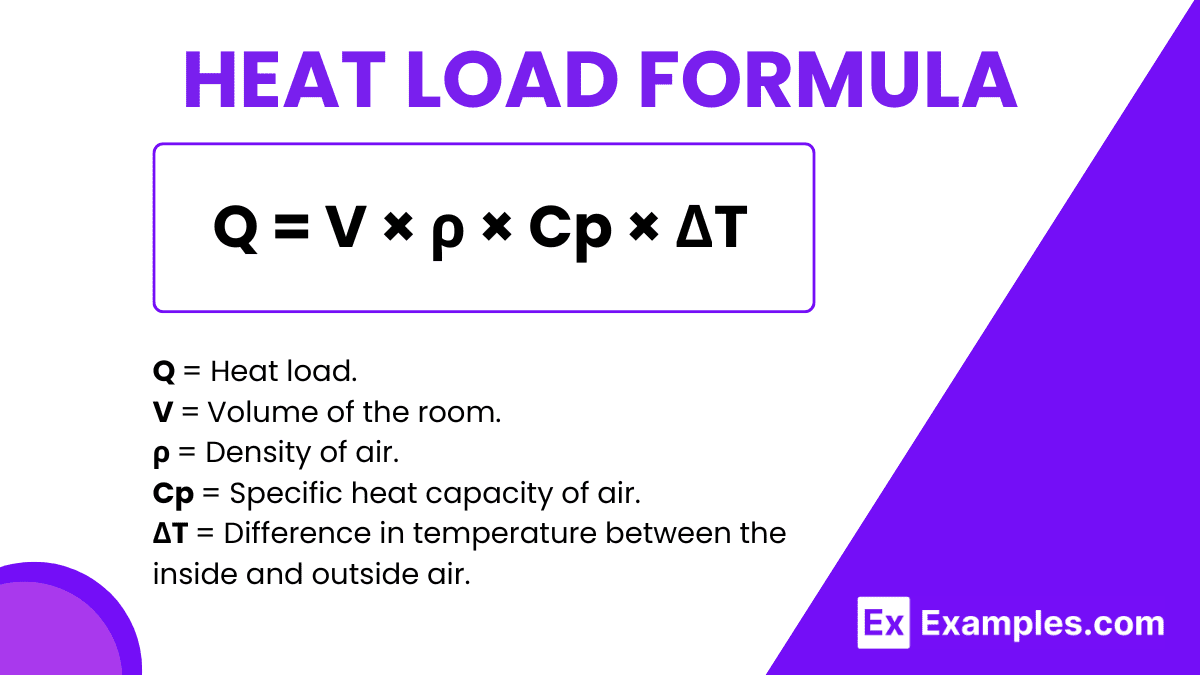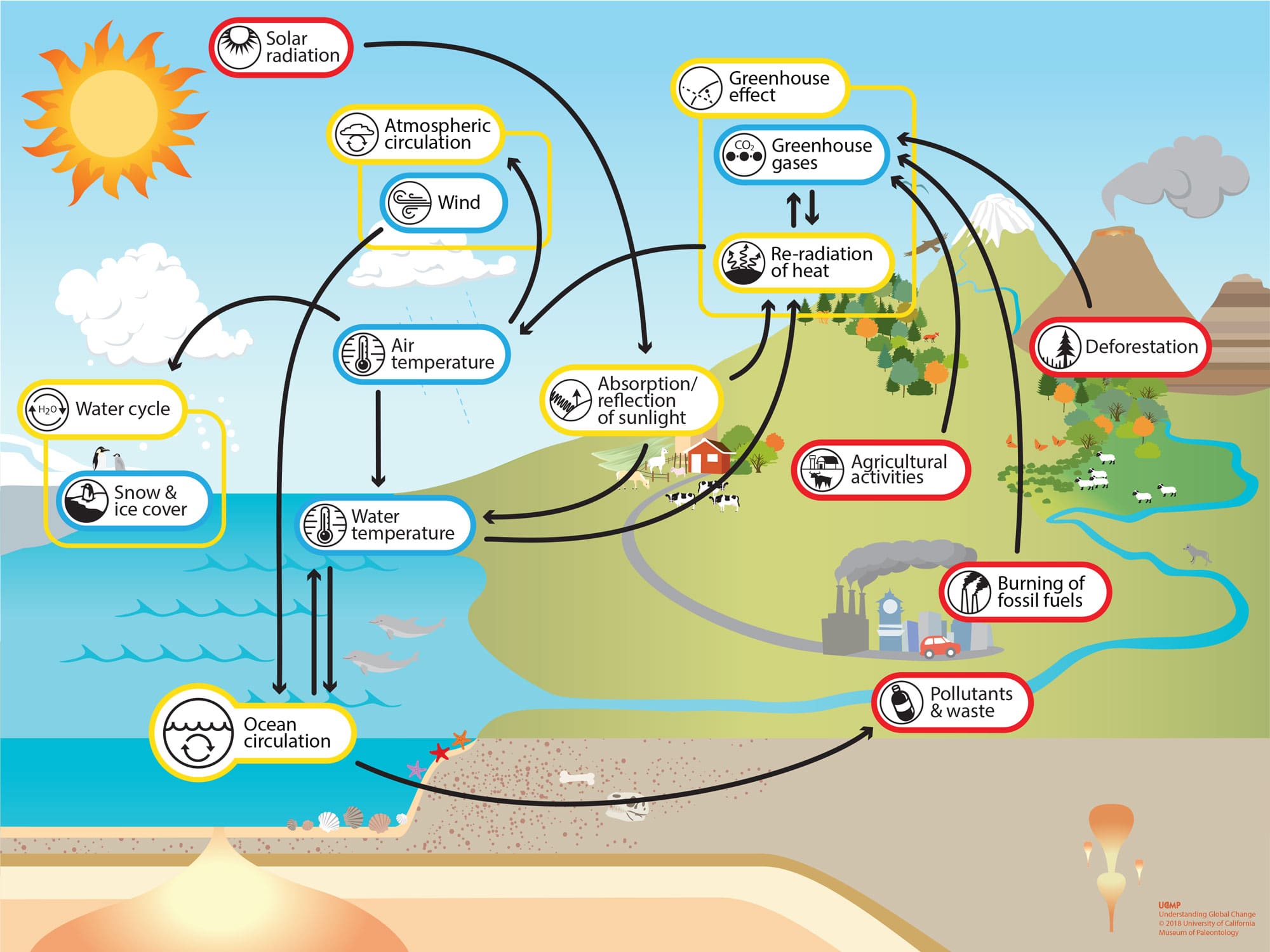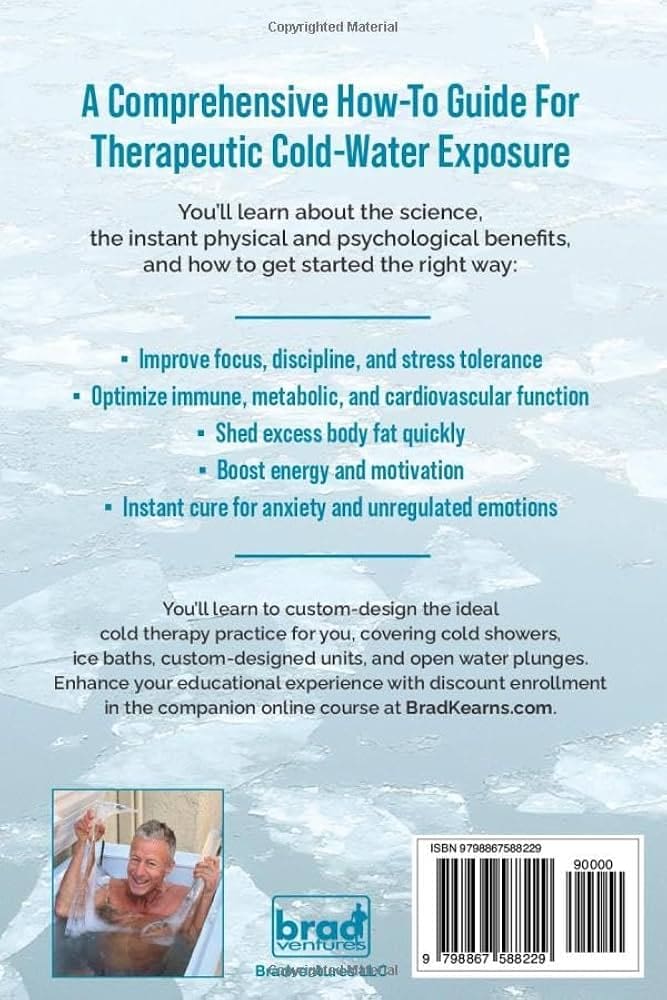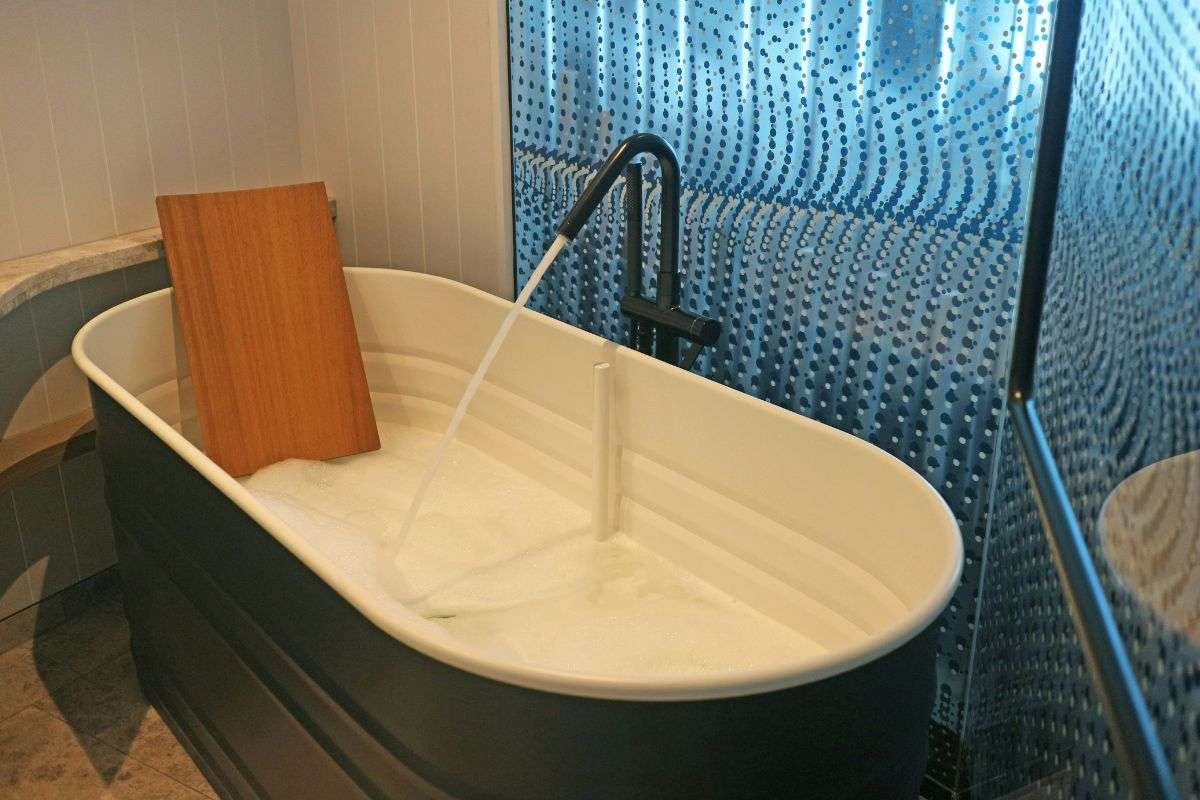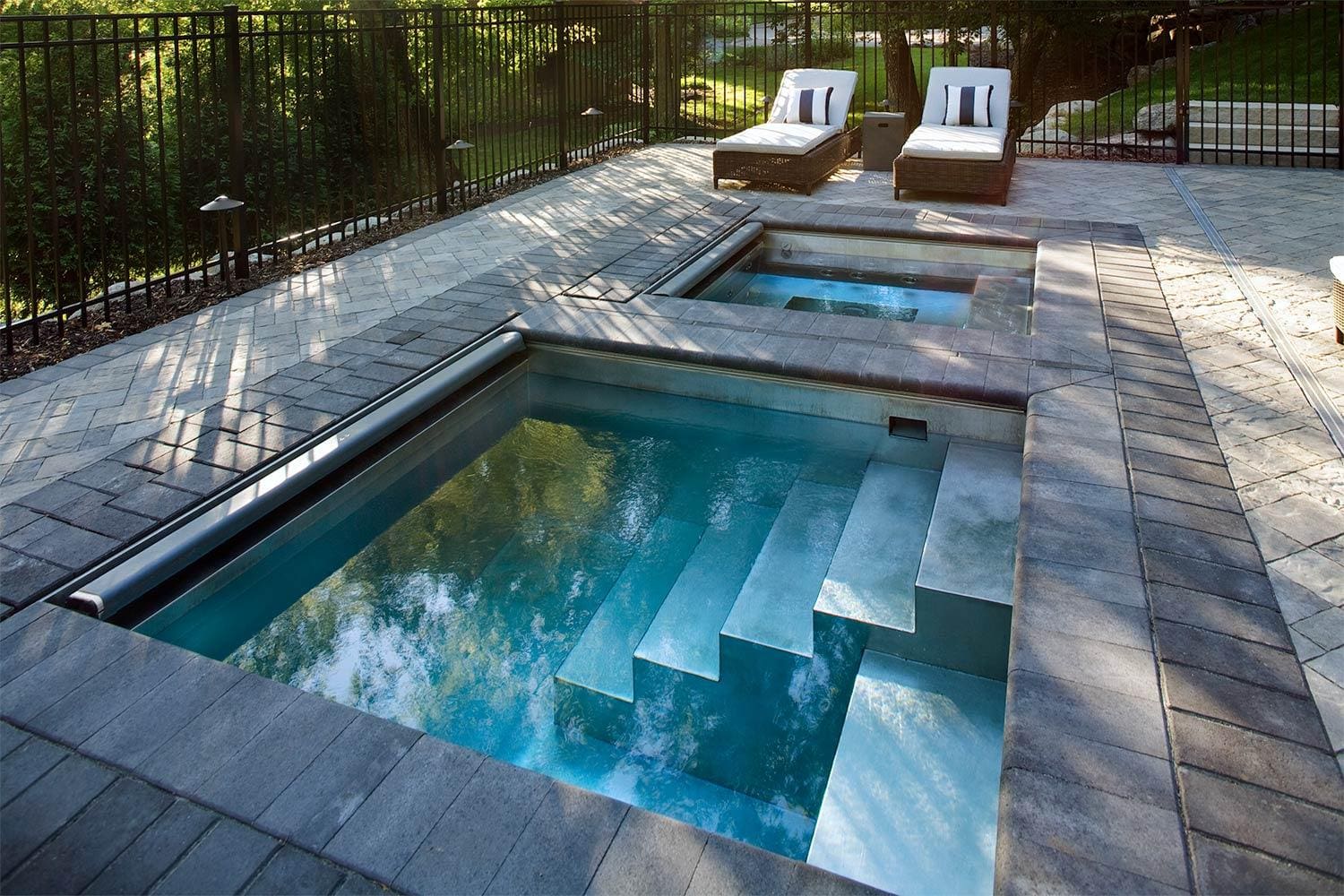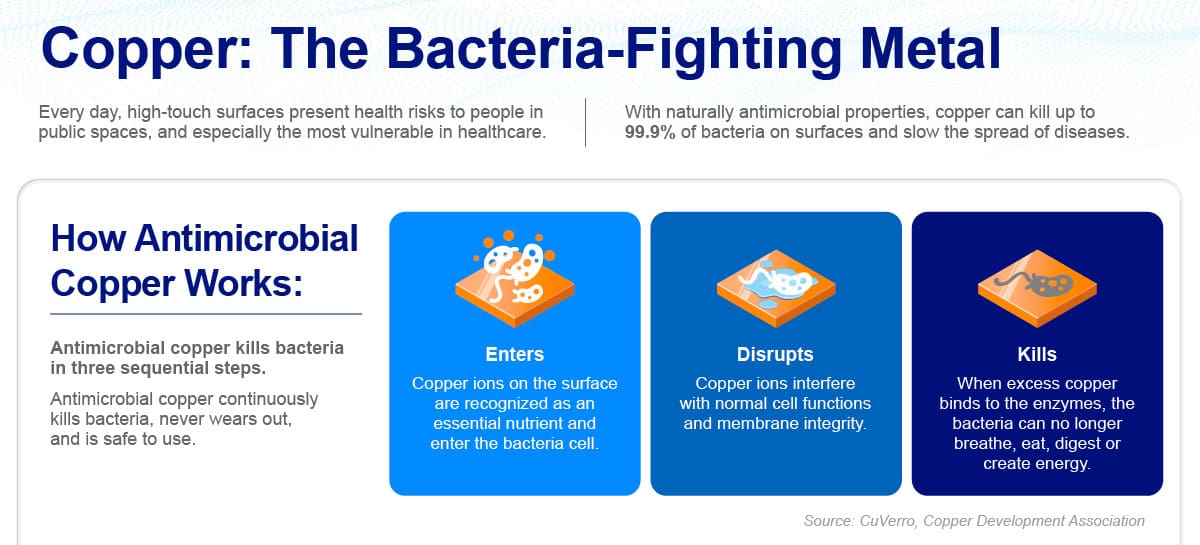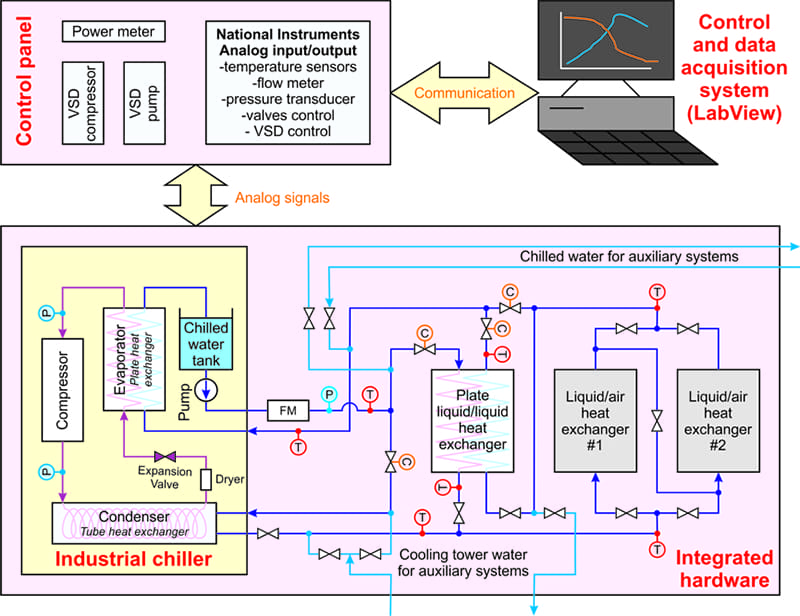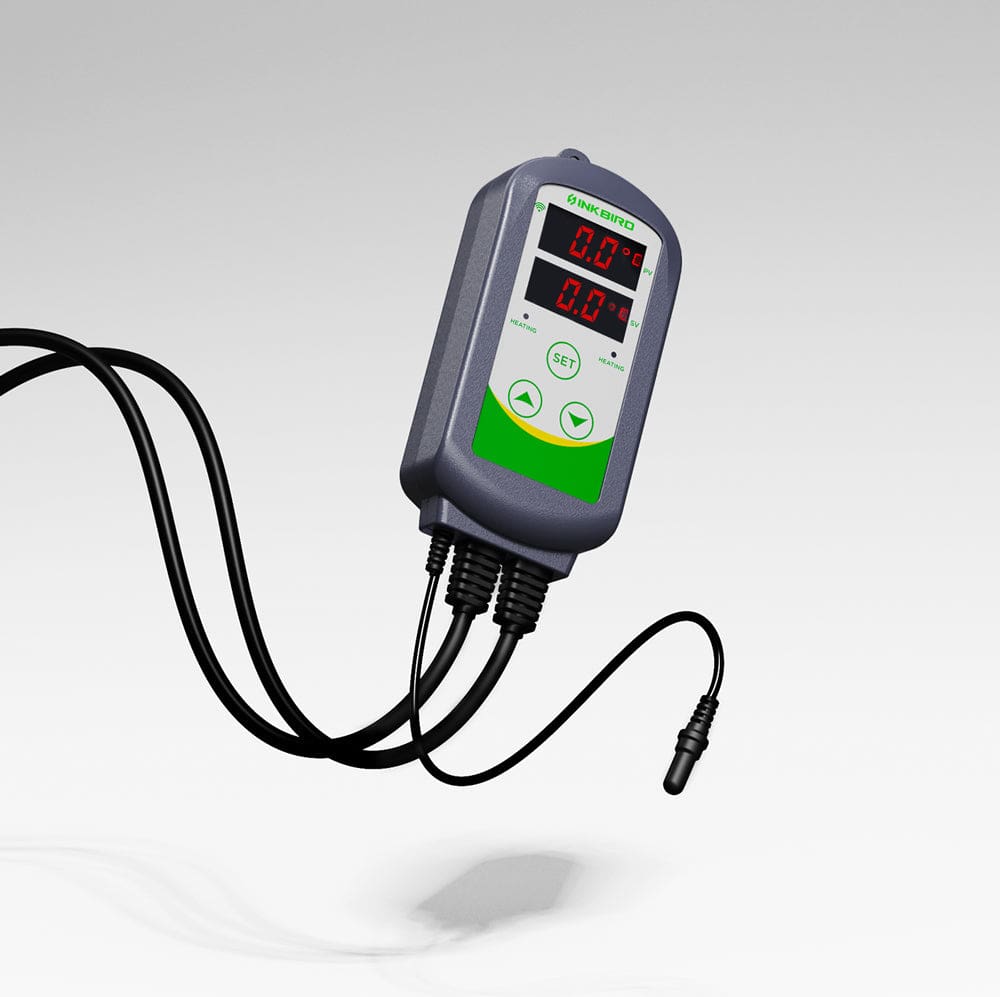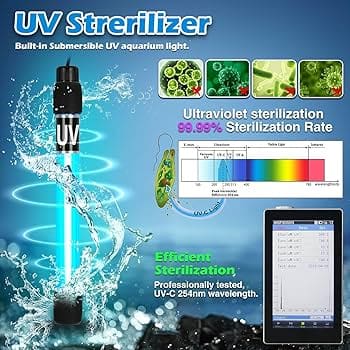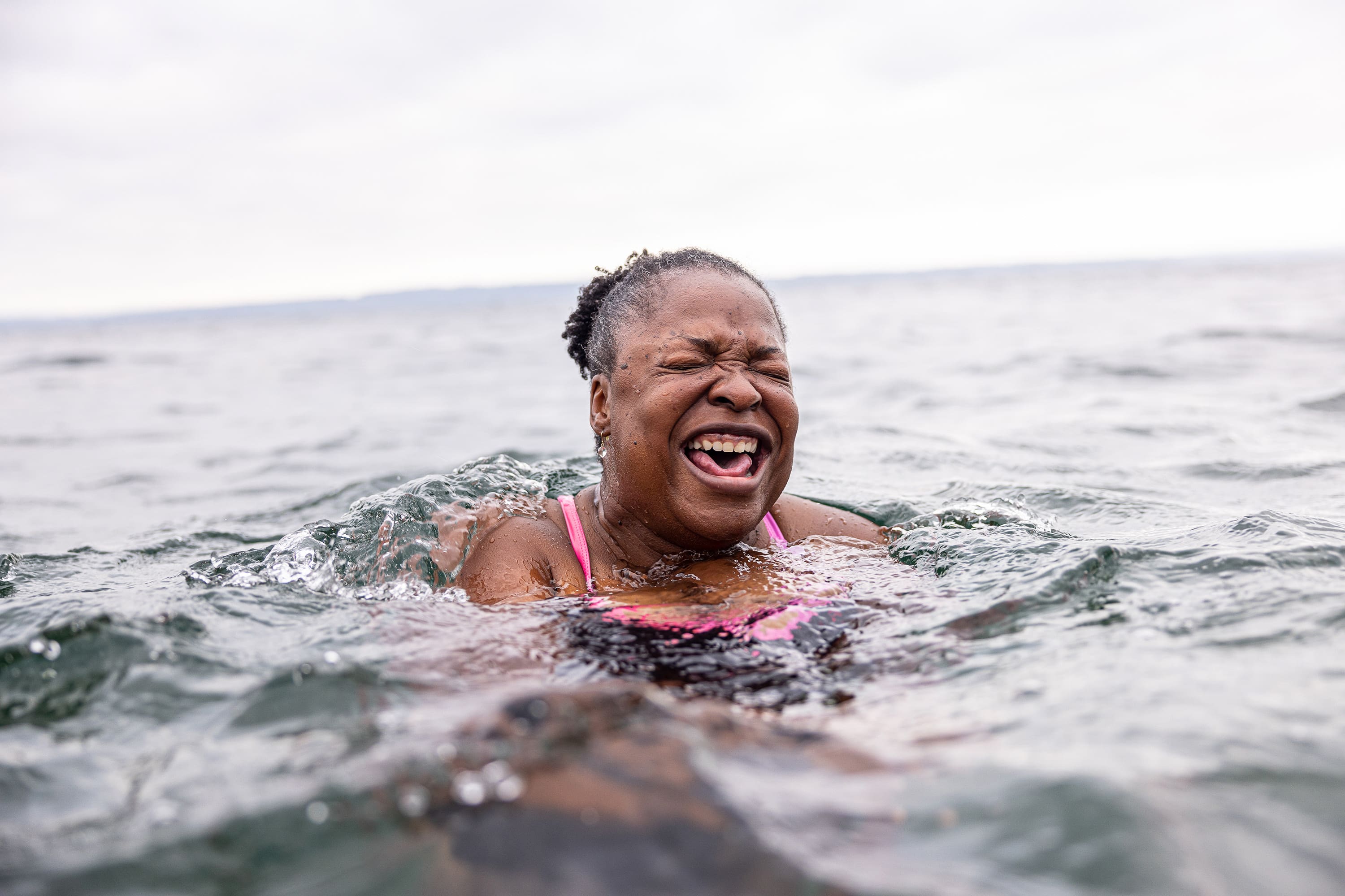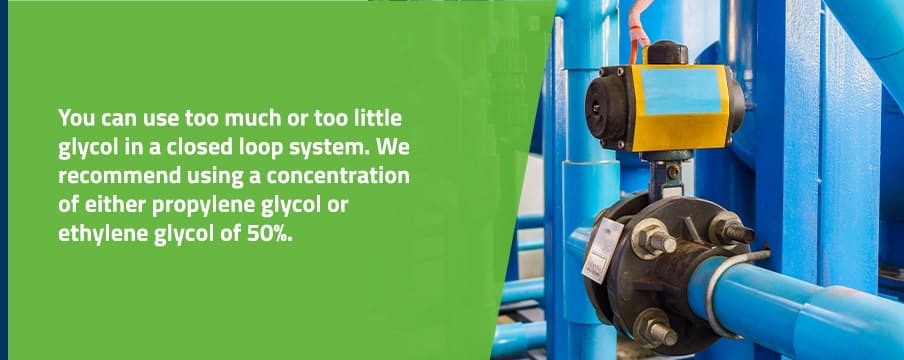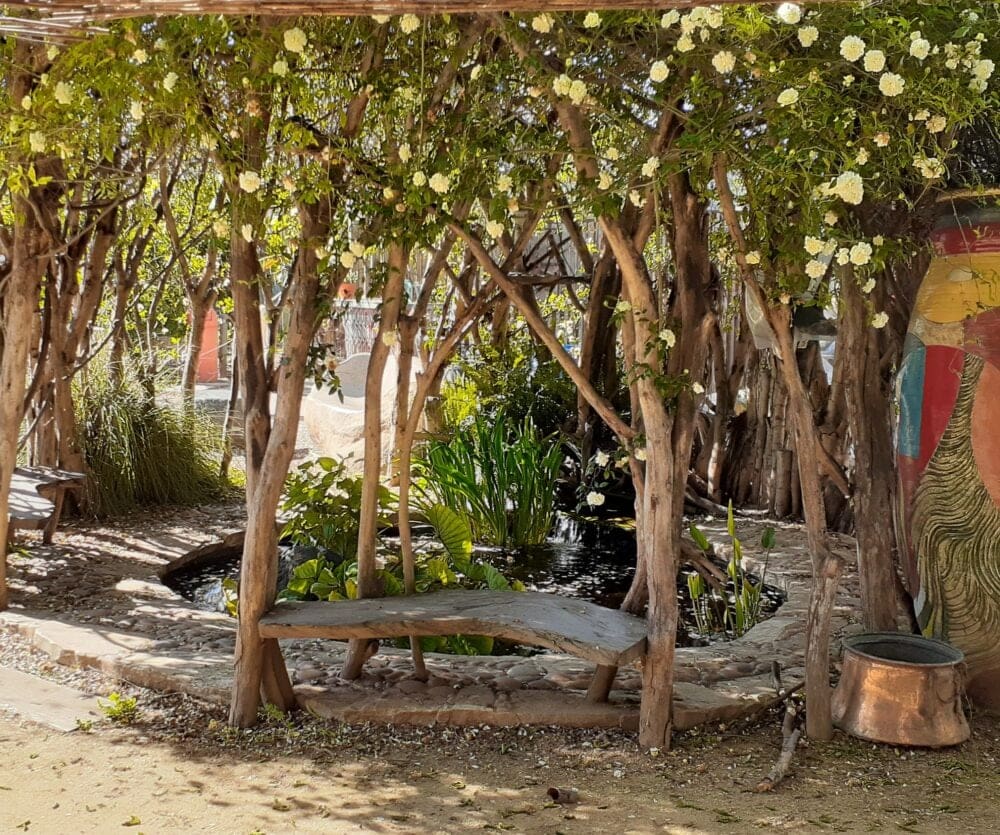DIY Cold Plunge Construction: The Hidden Engineering and Psychology Secrets That Make or Break Your Build
Building an effective DIY cold plunge requires understanding the hidden science behind temperature regulation, psychological design, advanced materials, and sophisticated systems integration. I’ve seen countless builds fail within the first year because people skip the engineering fundamentals. Recent research shows that proper thermal engineering can achieve consistent cooling performance without commercial-grade equipment – Andrew Conner’s setup chills the water at roughly 2°F per hour, proving you can get professional results with the right approach.
The difference between a successful long-term installation and a project that becomes an expensive yard ornament comes down to these engineering principles. When you’re planning your DIY cold plunge construction, you’ll generate substantial amounts of debris that need proper disposal. Professional debris removal services become essential when excavating for your foundation, as proper site preparation generates substantial amounts of concrete, soil, and structural materials that require specialized disposal methods.
Table of Contents
-
Temperature Regulation Engineering
-
Psychological Adaptation Architecture
-
Material Science Innovations
-
Advanced Chiller Integration
-
Water Chemistry Mastery
-
Seasonal Adaptation Systems
-
Final Thoughts
TL;DR
-
Calculate 50-75 gallons per person and target 1-2 water turnovers per hour for optimal thermal stability
-
Design transition zones and recovery areas within 10 feet of your plunge to maximize psychological benefits
-
Use copper-infused surfaces and polymer-modified materials to reduce maintenance and extend lifespan
-
Implement heat recovery systems to capture 60-70% of waste energy from your chiller
-
Maintain 200-400ppm magnesium chloride levels and use UV-C sterilization for chemical-free water treatment
-
Install glycol loops and thermal barriers to ensure year-round functionality in extreme climates
Temperature Regulation Engineering: The Thermal Science Most DIY Builders Get Wrong
Temperature regulation forms the foundation of effective DIY cold plunge construction, and I can’t stress enough how many builders completely underestimate this complexity. You’re dealing with precise calculations for thermal mass, insulation values, and circulation dynamics that go way beyond just “keeping water cold.”
Most people think they can wing it with basic refrigeration principles, but maintaining consistent temperatures while managing energy costs and preventing bacterial growth requires understanding proper water movement patterns. Your body generates 100 watts of heat at rest, which means each person needs 50-75 gallons of water volume to maintain target temperatures during standard 3-5 minute sessions.
Insulation requirements change dramatically based on where you live. Northern regions need R-20+ values while southern areas can function effectively with R-10 insulation. I’ve watched people in Minnesota try to run systems with minimal insulation and wonder why their energy bills are astronomical.
Your circulation system must achieve 1-2 complete water turnovers per hour while preventing thermal stratification. This means strategic inlet and outlet placement every 18-24 inches vertically – something most DIY cold plunge builds completely ignore. According to Andrew Conner’s data, proper insulation can reduce energy needs to roughly 2500-3000 BTU per day, demonstrating that the upfront investment in quality insulation pays for itself through reduced operational costs.
Thermal Mass Calculations: Getting Your Water Volume Right
Getting your water volume calculations wrong will ruin your entire DIY cold plunge experience before you even start. I’ve seen too many people build systems that can’t handle the thermal load, leading to constantly fluctuating temperatures that make sessions uncomfortable and ineffective.
Human body heat generation at 100 watts creates specific requirements for water-to-person ratios. Your system needs enough thermal mass to absorb and dissipate this energy effectively without temperature swings that shock your system in the wrong way.
Ambient temperature fluctuations add another layer of complexity that most builders forget to factor into their calculations. Your DIY cold plunge needs to handle not just body heat but also environmental thermal loads throughout the day and across seasons.
|
Water Volume (Gallons) |
Max Users |
Heat Load (BTU/hr) |
Recommended Session Time |
|---|---|---|---|
|
50-75 |
1 |
340 |
3-5 minutes |
|
100-125 |
2 |
680 |
5-7 minutes |
|
150-175 |
3 |
1020 |
7-10 minutes |
|
200+ |
4+ |
1360+ |
10+ minutes |
Body Heat Load Formulas: The Math Behind Consistent Temperatures
The mathematical foundation for determining optimal water volumes in your DIY cold plunge starts with understanding that the average human generates 100 watts of heat. This establishes the 50-75 gallon per person requirement for thermal stability during typical session lengths.
Calculate your total heat load by multiplying the number of users by 100 watts, then factor in session duration to determine required thermal mass. Water volume ratios must account for heat transfer efficiency – larger volumes provide better temperature stability but require more energy to cool initially.
For a single-person DIY cold plunge targeting 45°F water temperature, here’s the math: 100 watts × 5 minutes = 500 watt-minutes of heat input. With water’s specific heat capacity of 1 BTU per pound per degree, you need approximately 75 gallons (625 pounds) of water to absorb this heat load while maintaining temperature within 2°F of target.
Insulation Coefficient Planning: Climate-Specific R-Value Requirements
Insulation coefficient planning directly impacts both your construction costs and ongoing energy consumption. R-value requirements change dramatically based on your climate zone, and getting this wrong will cost you hundreds of dollars annually in wasted energy.
Northern climate zones require R-20+ insulation to prevent heat gain from ambient air and ground temperatures. I’ve tested systems in Minnesota winters, and anything less than R-20 becomes an energy nightmare. Southern regions can achieve effective operation with R-10 insulation while maintaining reasonable energy costs and temperature stability.
Research demonstrates the importance of superior insulation – with water at 40°F and ambient air around 75°F, when the chiller and pump are off, good insulation only loses roughly 1-2°F per day according to Andrew Conner’s testing. This proves that quality insulation dramatically reduces operational costs compared to poorly insulated alternatives.
Circulation Dynamics: The Fluid Mechanics of Perfect Water Movement
Circulation dynamics determine whether your DIY cold plunge maintains consistent temperatures or develops problematic hot spots and bacterial growth areas. Understanding fluid mechanics principles helps you design effective water movement systems that minimize energy consumption while maximizing temperature uniformity.
Flow rate optimization targets 1-2 complete water turnovers per hour to prevent stagnation while controlling energy costs. Stratification prevention requires strategic placement of inlets and outlets to combat cold water’s natural tendency to settle at the bottom.
Pump sizing calculations must account for total dynamic head including friction losses through all system components. Most DIY cold plunge builders completely underestimate these requirements, leading to circulation dead zones and inconsistent performance.
Flow Rate Optimization: Balancing Energy and Effectiveness
Flow rate optimization ensures your circulation system prevents water stagnation and bacterial growth without wasting energy on excessive pumping. Most builders underestimate flow requirements, leading to dead zones and inconsistent temperatures throughout their system.
Target flow rates of 1-2 complete water turnovers per hour provide the optimal balance between energy consumption and water quality maintenance. Insufficient flow rates create stagnant zones where bacteria can proliferate and temperature variations develop – something you definitely don’t want when you’re trying to create a therapeutic environment.
Stratification Prevention: Eliminating Temperature Layers
Cold water’s natural tendency to settle at the bottom creates uncomfortable temperature layers that can ruin your DIY cold plunge experience. Strategic inlet and outlet placement every 18-24 inches vertically ensures uniform cooling throughout the entire water volume.
Cold water density causes natural settling that creates distinct temperature zones without proper circulation design. Vertical spacing of 18-24 inches between circulation points prevents layer formation and maintains consistent temperatures from top to bottom.
Pump Sizing Mathematics: Calculating Total Dynamic Head
Pump sizing mathematics involves calculating total dynamic head (TDH) including friction losses through pipes, fittings, and chillers. Getting this wrong leads to either oversized pumps that waste energy or undersized units that create circulation problems.
Total dynamic head calculations must include friction losses from all system components including pipes, fittings, valves, and heat exchangers. Oversized pumps consume unnecessary energy while undersized pumps fail to achieve proper circulation and temperature control – both scenarios will frustrate you and cost money.
Psychological Adaptation Architecture: Designing for Mental Resilience
Psychological adaptation architecture transforms a basic cold tub into a wellness sanctuary that maximizes mental resilience benefits. I’ve learned that environmental psychology principles guide the design of sensory experiences, ritual spaces, and progressive challenge systems that enhance the neurological benefits of cold exposure.
Sensory engagement design creates multi-sensory experiences that support your nervous system during cold stress responses. Ritual space creation establishes environmental factors that prepare users mentally and physically for cold exposure sessions. Progressive challenge systems incorporate built-in features that allow gradual adaptation and maintain long-term user engagement.
The growing popularity of cold plunge therapy shows up in premium market features. The Plunge All In offers app control for temperature management and customization options according to Shape Magazine, showing how psychological comfort features are becoming standard in high-end systems. Your DIY cold plunge can incorporate these same principles without the premium price tag.
Sensory Engagement Design: Creating Supportive Multi-Sensory Experiences
Sensory engagement design enhances the neurological benefits of cold exposure by providing visual anchors and acoustic considerations that support your nervous system during stress responses. These design elements help maintain mental stability when your body experiences cold shock.
Visual anchoring systems provide focal points that help maintain mental stability during physiological stress responses. Acoustic considerations ensure circulation noise remains below 45 decibels to prevent additional stress during cold exposure sessions.
Visual Anchoring Systems: Focal Points for Mental Stability
Visual anchoring systems install focal points such as natural stone features or water-level indicators that provide mental stability during cold-induced stress responses. Your eyes need steady reference points when your body experiences shock, making these design elements crucial for psychological comfort in your DIY cold plunge.
Natural stone features or water-level indicators serve as visual anchors that help maintain focus during physiological stress. Steady focal points support mental stability when cold shock triggers fight-or-flight responses in your nervous system.
Acoustic Considerations: Managing Sound for Stress Reduction
Acoustic considerations ensure that water circulation noise remains below 45 decibels to prevent additional stress during cold exposure sessions. Sound-dampening materials around pumps and chillers create a calmer environment that supports rather than hinders your cold adaptation process.
Circulation system noise above 45 decibels adds unnecessary stress during cold exposure when your nervous system is already activated. Sound-dampening materials around mechanical equipment create a more supportive acoustic environment for cold adaptation in your DIY cold plunge.
Ritual Space Creation: Environmental Factors for Transformation
Ritual space creation transforms your cold plunge area into a transformative wellness sanctuary through careful planning of transition zones and recovery environments. These environmental factors build confidence and amplify the contrast experience that enhances cold exposure benefits.
Transition zone planning creates psychological buffer areas that support mental preparation and confidence building. Recovery environment integration provides warming stations that amplify benefits through contrast experiences.
Transition Zone Planning: Psychological Buffer Areas
Transition zone planning designs a 6-8 foot preparation area adjacent to your plunge for breathing exercises and mental preparation. This psychological buffer zone proves crucial for building confidence and allowing proper mental preparation before cold exposure sessions.
6-8 foot preparation areas provide adequate space for breathing exercises and mental preparation rituals. Psychological buffer zones build user confidence and support proper mental preparation before cold exposure in your DIY cold plunge.
Pre-Plunge Preparation Checklist:
-
☐ Temperature verification (target range achieved)
-
☐ Breathing exercise completion (2-3 minutes)
-
☐ Mental preparation and intention setting
-
☐ Safety equipment check (towels, emergency exit plan)
-
☐ Timer setup for session duration
-
☐ Recovery area preparation (warming station ready)
Recovery Environment Integration: Amplifying Benefits Through Contrast
Recovery environment integration plans warming stations within 10 feet of exit points, including heated towel bars, infrared panels, or sauna facilities when space permits. The contrast experience between cold exposure and rapid warming amplifies the physiological and psychological benefits of your sessions.
Warming stations within 10 feet of exit points provide immediate comfort and support rapid recovery. Contrast experiences between cold exposure and warming amplify both physiological and psychological benefits of your DIY cold plunge sessions.
Progressive Challenge Systems: Built-In Features for Long-Term Engagement
Progressive challenge systems incorporate built-in features that allow gradual adaptation and maintain long-term user engagement with your cold plunge. Depth variation engineering provides multiple immersion intensity levels that accommodate users as their cold tolerance builds over time.
Depth variation engineering allows users to control immersion intensity as their cold tolerance develops. Multiple depth levels (36″, 42″, 48″) provide progressive challenge options that maintain long-term engagement.
According to Per Wellness research, measurable physiological improvements occur from consistent cold exposure practice – average HRV increased from 85 to 110 compared to the previous 7 days, demonstrating the value of progressive adaptation systems.
Depth Variation Engineering: Controlling Immersion Intensity
Depth variation engineering incorporates multiple depth levels at 36″, 42″, and 48″ that allow users to control immersion intensity as their tolerance builds over time. These progressive depth options provide built-in challenge progression that keeps users engaged with their cold exposure practice.
Multiple depth levels provide progressive immersion options that accommodate different experience levels and tolerance development. Depth control allows users to gradually increase challenge intensity as their cold adaptation improves over time in your DIY cold plunge.
Material Science Innovations: Advanced Construction Techniques Beyond Basic DIY
Material science innovations extend beyond typical approaches through biocompatible surface engineering and structural longevity planning. Advanced material selections support both human health and water chemistry balance while ensuring your investment survives freeze-thaw cycles and thermal shock over decades of use.
When planning your material selections for your DIY cold plunge build, consider how scrap metal pickup requirements will impact your build timeline, as specialized materials often generate unique disposal needs that require professional handling.
Biocompatible surface engineering selects materials that naturally support water chemistry balance and human health. Structural longevity planning incorporates engineering approaches that handle thermal expansion and environmental stresses. Advanced construction techniques prevent common failure modes that plague standard DIY cold plunge builds.
Biocompatible Surface Engineering: Materials That Support Health and Chemistry
Biocompatible surface engineering focuses on selecting materials that support both human health and water chemistry balance in your cold plunge system. Strategic material choices can dramatically reduce maintenance requirements while creating healthier exposure environments.
Antimicrobial integration uses copper-infused surfaces to naturally reduce bacterial loads without chemical treatments. pH-neutral construction prevents chemical imbalances that require constant adjustment and maintenance.
Antimicrobial Integration: Natural Bacterial Load Reduction
Antimicrobial integration uses copper-infused surfaces that naturally reduce bacterial loads by 99.9% within 2 hours of contact. Strategic placement around water lines and touch points dramatically reduces maintenance requirements while creating safer exposure environments for your DIY cold plunge.
Copper-infused surfaces achieve 99.9% bacterial reduction within 2 hours through natural antimicrobial properties. Strategic placement around water lines and high-touch areas maximizes bacterial control while minimizing material costs.
pH-Neutral Construction: Preventing Chemical Imbalances
pH-neutral construction addresses the problem of standard concrete releasing lime that drives pH above 8.0 and requires constant chemical adjustment. Polymer-modified surfaces maintain neutral chemistry naturally, reducing ongoing maintenance and chemical costs.
Standard concrete releases lime that elevates pH above 8.0, creating ongoing chemical balancing requirements. Polymer-modified surfaces maintain neutral chemistry without chemical intervention or constant monitoring in your DIY cold plunge.
Structural Longevity Planning: Engineering for Decades of Performance
Structural longevity planning ensures your cold plunge investment survives freeze-thaw cycles and thermal shock through proper engineering approaches. Most failures occur from inadequate planning for thermal expansion, moisture infiltration, and structural stress management.
Expansion joint strategy accommodates thermal movement that causes cracking in rigid structures. Reinforcement redundancy combines multiple strengthening approaches to handle different types of structural stress. Vapor barrier implementation prevents moisture damage and frost heaving that destroys foundations.
Expansion Joint Strategy: Accommodating Thermal Movement
Expansion joint strategy installs flexible joints every 8 feet in concrete structures to accommodate thermal expansion and contraction. Most failures occur from cracking during temperature swings when structures lack proper movement accommodation.
Flexible joints every 8 feet allow concrete structures to expand and contract without cracking. Temperature swing accommodation prevents the structural failures that plague rigid constructions in your DIY cold plunge.
Reinforcement Redundancy: Multiple Strengthening Approaches
Reinforcement redundancy uses both steel rebar and fiber reinforcement to handle different types of structural stress. Steel handles tension loads while fibers prevent micro-cracking from thermal stress, creating multiple layers of structural protection.
Steel rebar handles primary tension loads while fiber reinforcement prevents micro-crack formation. Multiple reinforcement types address different failure modes that can compromise structural integrity.
Vapor Barrier Implementation: Preventing Moisture Damage
Vapor barrier implementation installs continuous barriers beneath and around the entire structure to prevent ground moisture infiltration and frost heaving damage. Proper moisture control prevents the foundation damage that destroys many installations.
Continuous vapor barriers prevent ground moisture infiltration that causes structural damage over time. Frost heaving prevention protects foundations from freeze-thaw cycles that can shift and crack structures in your DIY cold plunge.
Advanced Chiller Integration: Sophisticated Cooling Beyond Basic Refrigeration
Advanced chiller integration goes beyond basic refrigeration units through heat recovery optimization, smart control systems, and redundancy planning. Sophisticated cooling system design captures waste energy, automates performance optimization, and ensures consistent operation even during equipment failures.
Heat recovery optimization captures and redirects waste heat from chiller systems for practical household applications. Smart control systems automate temperature management while minimizing energy consumption through predictive programming. Redundancy and backup planning ensures consistent performance during maintenance periods and equipment failures.
Your DIY cold plunge can benefit from these professional-grade approaches without the commercial price tag. Understanding these systems helps you build something that performs reliably for years rather than becoming a maintenance headache.
Heat Recovery Optimization: Capturing Waste Energy for Practical Use
Heat recovery optimization captures and redirects waste heat from your chiller system for practical applications around your home. These systems can recover 60-70% of the energy typically lost to the atmosphere, turning waste heat into useful household energy.
Domestic water preheating routes waste heat through heat exchangers to warm household water supplies. Space heating integration redirects waste heat to warm adjacent areas during winter months.
Domestic Water Preheating: Recovering Energy for Hot Water
Domestic water preheating routes chiller waste heat through a heat exchanger to preheat household water, recovering 60-70% of the energy typically lost to atmosphere. This integration turns your DIY cold plunge into an energy-efficient system that contributes to household utility savings.
Heat exchanger systems capture waste heat to preheat domestic water supplies before they reach your water heater. Energy recovery of 60-70% significantly reduces household water heating costs while improving overall system efficiency.
A typical 1/4 HP chiller generating 2,500 BTU/hr of waste heat can preheat 50 gallons of incoming water from 55°F to 75°F daily, saving approximately $200-300 annually on water heating costs depending on local utility rates.
Space Heating Integration: Dual-Purpose System Benefits
Space heating integration redirects waste heat to warm adjacent spaces during winter months, turning your cold plunge into a dual-purpose system. Garages, workshops, and other utility areas can benefit from this otherwise wasted thermal energy.
Winter heat redirection warms garages, workshops, and utility areas using otherwise wasted thermal energy. Dual-purpose functionality maximizes the value and efficiency of your DIY cold plunge investment.
Smart Control Systems: Automated Performance Optimization
Smart control systems automate temperature management to optimize performance while minimizing energy consumption through predictive programming and weather-responsive adjustments. These systems learn your usage patterns and adjust operation accordingly.
Predictive temperature management learns usage patterns to pre-cool systems before typical session times. Weather-responsive programming adjusts cooling intensity based on ambient temperature forecasts.
Predictive Temperature Management: Learning Your Usage Patterns
Predictive temperature management installs smart thermostats that learn your usage patterns and pre-cool 30-60 minutes before typical session times. This ensures optimal temperatures without constant operation, reducing energy consumption while maintaining readiness.
Smart thermostats learn individual usage patterns to optimize pre-cooling schedules automatically. 30-60 minute pre-cooling windows ensure optimal temperatures while minimizing continuous operation energy costs for your DIY cold plunge.
Weather-Responsive Programming: Adjusting for Natural Conditions
Weather-responsive programming creates systems that adjust cooling intensity based on ambient temperature forecasts, reducing energy consumption during naturally cool periods. These systems work with natural conditions rather than fighting against them.
Ambient temperature forecasting allows systems to reduce cooling intensity during naturally cool weather periods. Natural condition optimization reduces energy consumption by working with rather than against environmental factors in your DIY cold plunge.
Redundancy and Backup Planning: Ensuring Consistent Performance
Redundancy and backup planning ensures consistent performance even when primary systems fail through dual-stage cooling architecture. These systems maintain operation during maintenance periods and peak demand situations that could overwhelm single-unit installations.
Dual-stage cooling architecture uses primary chillers for main cooling loads with backup units for maintenance periods. System redundancy maintains consistent performance during peak demand and equipment maintenance situations.
Dual-Stage Cooling Architecture: Primary and Backup Systems
Dual-stage cooling architecture employs a primary chiller that handles 80% of the cooling load while a smaller backup unit maintains temperatures during maintenance or peak demand periods. This approach ensures your cold plunge remains operational even during equipment servicing.
Primary chillers handle 80% of normal cooling loads while backup units maintain operation during maintenance. Dual-stage systems prevent downtime during equipment servicing and handle peak demand situations effectively for your DIY cold plunge.
Water Chemistry Mastery: Biochemical Balance for Safety and Effectiveness
Water chemistry mastery determines both safety and therapeutic effectiveness through strategic mineral balance optimization, biofilm prevention strategies, and natural pH buffering approaches. Proper biochemical balance enhances physiological benefits while eliminating hidden bacterial colonies without harsh chemicals.
Mineral balance optimization enhances water quality and physiological benefits through strategic supplementation protocols. Biofilm prevention strategies eliminate bacterial colonies using advanced filtration and treatment methods. Natural pH buffering maintains optimal chemistry balance without chemical additives that could irritate sensitive skin.
Getting your DIY cold plunge tub water chemistry right makes the difference between a therapeutic experience and a potential health hazard. I’ve seen too many people focus on temperature while completely ignoring water quality.
Mineral Balance Optimization: Strategic Supplementation for Enhanced Benefits
Mineral balance optimization manages strategic mineral content that enhances both water quality and physiological benefits during cold exposure. Proper supplementation protocols can enhance muscle recovery and immune system responses while maintaining pleasant water characteristics.
Magnesium supplementation protocols add 200-400ppm magnesium chloride to enhance muscle recovery and reduce inflammation. Trace element integration incorporates selenium and zinc at micro-dosage levels to support immune system activation.
Magnesium Supplementation Protocols: Enhanced Recovery Benefits
Magnesium supplementation protocols add 200-400ppm magnesium chloride to enhance muscle recovery and reduce inflammatory responses during cold exposure. This concentration mimics natural spring water mineral profiles while providing therapeutic benefits.
200-400ppm magnesium chloride concentrations enhance muscle recovery while reducing inflammatory responses. Natural spring water mineral profile mimicking provides therapeutic benefits without artificial chemical additives in your DIY cold plunge.
Trace Element Integration: Supporting Immune System Activation
Trace element integration incorporates selenium and zinc at micro-dosage levels (0.1-0.5ppm) to support immune system activation triggered by cold stress. These concentrations provide benefits without causing metallic taste or staining issues.
Selenium and zinc at 0.1-0.5ppm levels support immune system responses triggered by cold stress. Micro-dosage levels provide therapeutic benefits without metallic taste or water staining problems in your DIY cold plunge.
Biofilm Prevention Strategies: Eliminating Hidden Bacterial Colonies
Biofilm prevention strategies eliminate hidden bacterial colonies through advanced filtration and treatment methods that avoid chemical residuals. UV-C sterilization and ozone integration provide effective pathogen control without irritating sensitive skin during cold exposure.
UV-C sterilization cycling destroys pathogens in 15-minute cycles every 4 hours without chemical residuals. Ozone integration timing deploys generators during off-peak hours when no human contact occurs.
Modern cold plunge systems are incorporating sophisticated filtration. Chillshark solves bacterial issues with a built-in UV Micron Filtration System that eliminates impurities and bacteria according to The Gadget Flow, demonstrating how UV sterilization is becoming standard in advanced systems.
UV-C Sterilization Cycling: Chemical-Free Pathogen Control
UV-C sterilization cycling installs systems that activate in 15-minute cycles every 4 hours, destroying pathogens without chemical residuals that could irritate sensitive skin during cold exposure. This approach provides effective sterilization without chemical side effects.
15-minute UV-C cycles every 4 hours provide effective pathogen destruction without continuous operation. Chemical-free sterilization prevents skin irritation that could occur from residual sanitizers during cold exposure in your DIY cold plunge.
Ozone Integration Timing: Off-Peak Pathogen Elimination
Ozone integration timing deploys ozone generators during off-peak hours (2-4 AM) when no human contact occurs, allowing complete oxidation and off-gassing before morning sessions. This timing maximizes sterilization effectiveness while ensuring user safety.
Off-peak ozone generation (2-4 AM) allows complete oxidation and off-gassing before human contact. Timing optimization maximizes pathogen elimination while ensuring complete ozone dissipation before use in your DIY cold plunge.
pH Buffering Without Chemicals: Natural Chemistry Balance Approaches
Natural pH buffering maintains optimal water chemistry balance without chemical additives through zeolite filtration systems. These approaches create self-regulating chemistry systems that require minimal intervention while supporting healthy water conditions.
Zeolite filtration banks absorb harmful compounds while releasing beneficial minerals for self-regulating chemistry. Natural buffering systems require minimal intervention while maintaining optimal water chemistry balance.
|
Water Parameter |
Optimal Range |
Testing Frequency |
Natural Adjustment Method |
|---|---|---|---|
|
pH Level |
7.2-7.6 |
Daily |
Zeolite filtration |
|
Magnesium (ppm) |
200-400 |
Weekly |
Magnesium chloride |
|
Total Dissolved Solids |
300-600 |
Weekly |
Partial water changes |
|
Bacterial Count |
<100 CFU/ml |
Monthly |
UV-C sterilization |
|
Temperature |
45-55°F |
Continuous |
Automated chiller |
Zeolite Filtration Banks: Self-Regulating Chemistry Systems
Zeolite filtration banks use natural zeolite media that absorbs ammonia and heavy metals while releasing beneficial minerals, creating self-regulating chemistry systems. These natural approaches require minimal intervention while maintaining healthy water conditions.
Natural zeolite media absorbs ammonia and heavy metals while releasing beneficial minerals automatically. Self-regulating systems minimize manual chemistry adjustments while maintaining optimal water quality in your DIY cold plunge.
Seasonal Adaptation Systems: Year-Round Functionality Through Climate Response
Seasonal adaptation systems ensure year-round functionality through climate-responsive design modifications that handle extreme weather conditions. Winter performance engineering and summer efficiency optimization maintain operational capacity while managing energy consumption across all seasons.
Winter performance engineering maintains operational capacity during extreme cold conditions through specialized systems. Summer efficiency optimization maximizes cooling performance during high ambient temperature periods. Climate-responsive modifications ensure consistent operation regardless of seasonal weather variations.
Your DIY cold plunge needs to handle whatever Mother Nature throws at it. I’ve seen beautiful summer builds become unusable ice blocks in winter because nobody planned for seasonal challenges.
Winter Performance Engineering: Maintaining Operation in Extreme Cold
Winter performance engineering maintains operational capacity during extreme cold conditions through glycol loop integration, snow load reinforcement, and ice formation management. These systems prevent freeze damage while ensuring consistent performance down to -20°F ambient conditions.
Glycol loop integration prevents freeze damage while maintaining precise temperature control in extreme conditions. Snow load structural reinforcement prevents collapse during heavy winter weather events. Ice formation management creates controlled zones that prevent equipment damage while allowing emergency backup.
Glycol Loop Integration: Freeze Protection Systems
Glycol loop integration installs closed-loop glycol systems that prevent freeze damage while maintaining precise temperature control down to -20°F ambient conditions. These systems ensure your cold plunge remains operational even during severe winter weather.
Closed-loop glycol systems prevent freeze damage in temperatures down to -20°F ambient conditions. Precise temperature control maintenance ensures consistent operation regardless of extreme weather for your DIY cold plunge.
Snow Load Structural Reinforcement: Weather-Resistant Cover Systems
Snow load structural reinforcement designs cover systems rated for 40+ pounds per square foot snow loads, preventing structural collapse during heavy winter weather events. Proper reinforcement protects your investment from weather-related damage.
Cover systems rated for 40+ pounds per square foot prevent collapse during heavy snow events. Structural reinforcement protects equipment and infrastructure from weather-related damage in your DIY cold plunge.
Ice Formation Management: Controlled Freezing for Equipment Protection
Ice formation management creates controlled ice formation zones that prevent equipment damage while allowing natural ice harvesting for emergency cooling backup. Strategic ice management protects mechanical systems while providing operational benefits.
Controlled ice formation zones protect equipment from damage while providing operational benefits. Natural ice harvesting creates emergency cooling backup systems during equipment maintenance for your DIY cold plunge.
Summer Efficiency Optimization: Maximizing Performance in High Heat
Summer efficiency optimization maximizes cooling performance during high ambient temperature periods through evaporative pre-cooling and thermal barrier landscaping. These strategies dramatically improve chiller efficiency while reducing energy consumption during peak summer heat.
Evaporative pre-cooling reduces condenser inlet air temperatures by 15-20°F for improved efficiency. Thermal barrier landscaping provides seasonal shade while allowing winter solar gain.
Evaporative Pre-Cooling: Improving Chiller Efficiency
Evaporative pre-cooling installs misting systems around condenser units that reduce inlet air temperatures by 15-20°F, dramatically improving chiller efficiency during peak summer heat. This approach significantly reduces energy consumption when cooling demands are highest.
Misting systems reduce condenser inlet air temperatures by 15-20°F during peak heat periods. Improved chiller efficiency significantly reduces energy consumption when cooling demands are highest for your DIY cold plunge ideas.
Installing a simple misting system around a 1/4 HP chiller condenser can improve efficiency by 25-30% during 90°F+ days, reducing daily energy consumption from 8 kWh to 6 kWh while maintaining target water temperatures.
Thermal Barrier Landscaping: Strategic Vegetation for Climate Control
Thermal barrier landscaping plants deciduous trees 15-20 feet south and west of equipment areas to provide summer shade while allowing winter solar gain for natural heating assistance. Strategic vegetation creates natural climate control that supports year-round efficiency.
Deciduous trees 15-20 feet from equipment provide summer shade while allowing winter solar gain. Strategic vegetation placement creates natural climate control that improves year-round system efficiency for your DIY cold plunge.
During your construction project, you’ll generate substantial amounts of debris that need proper disposal. Excavation typically produces 3-5 cubic yards of soil and rock, while equipment deliveries create volumes of cardboard, plastic wrapping, and foam packaging that can quickly overwhelm your workspace.
Understanding appliance pickup services becomes valuable when disposing of old chillers, copper piping, and steel reinforcement materials from your construction project.
Jiffy Junk’s eco-friendly approach aligns with the wellness mindset behind cold plunge construction. Their commitment to recycling copper pipes, steel reinforcement scraps, and concrete means your construction waste won’t end up in landfills. For Sacramento area builders, their same-day service capability keeps your workspace safe and efficient during critical construction phases.
Most importantly, their experience with construction cleanup and hazardous material handling (including refrigerant recovery from old chillers) eliminates waste management distractions. This allows you to focus entirely on the technical aspects of creating your optimal cold plunge system.
Ready to start your build? Contact Jiffy Junk today to schedule debris removal that keeps your project moving forward efficiently.
Final Thoughts
Building an effective DIY cold plunge requires understanding the hidden science behind temperature regulation, psychological design, advanced materials, and sophisticated systems integration. The engineering principles covered here separate successful long-term installations from projects that fail within the first year of operation.
Your investment in proper thermal calculations, circulation dynamics, and material selection pays dividends through decades of reliable operation and enhanced therapeutic benefits. The psychological architecture elements transform a simple cold tub into a wellness sanctuary that supports mental resilience development.
Remember that seasonal adaptation and water chemistry mastery ensure your system performs optimally year-round while minimizing maintenance requirements. These advanced approaches may require higher initial investment, but they eliminate the costly repairs and modifications that plague basic builds.
Proper engineering prevents the common failure modes that destroy basic DIY cold plunge installations within the first year. Integrated systems approach maximizes therapeutic benefits while minimizing ongoing maintenance and energy costs. Long-term planning ensures your investment provides decades of reliable performance and enhanced wellness benefits.
